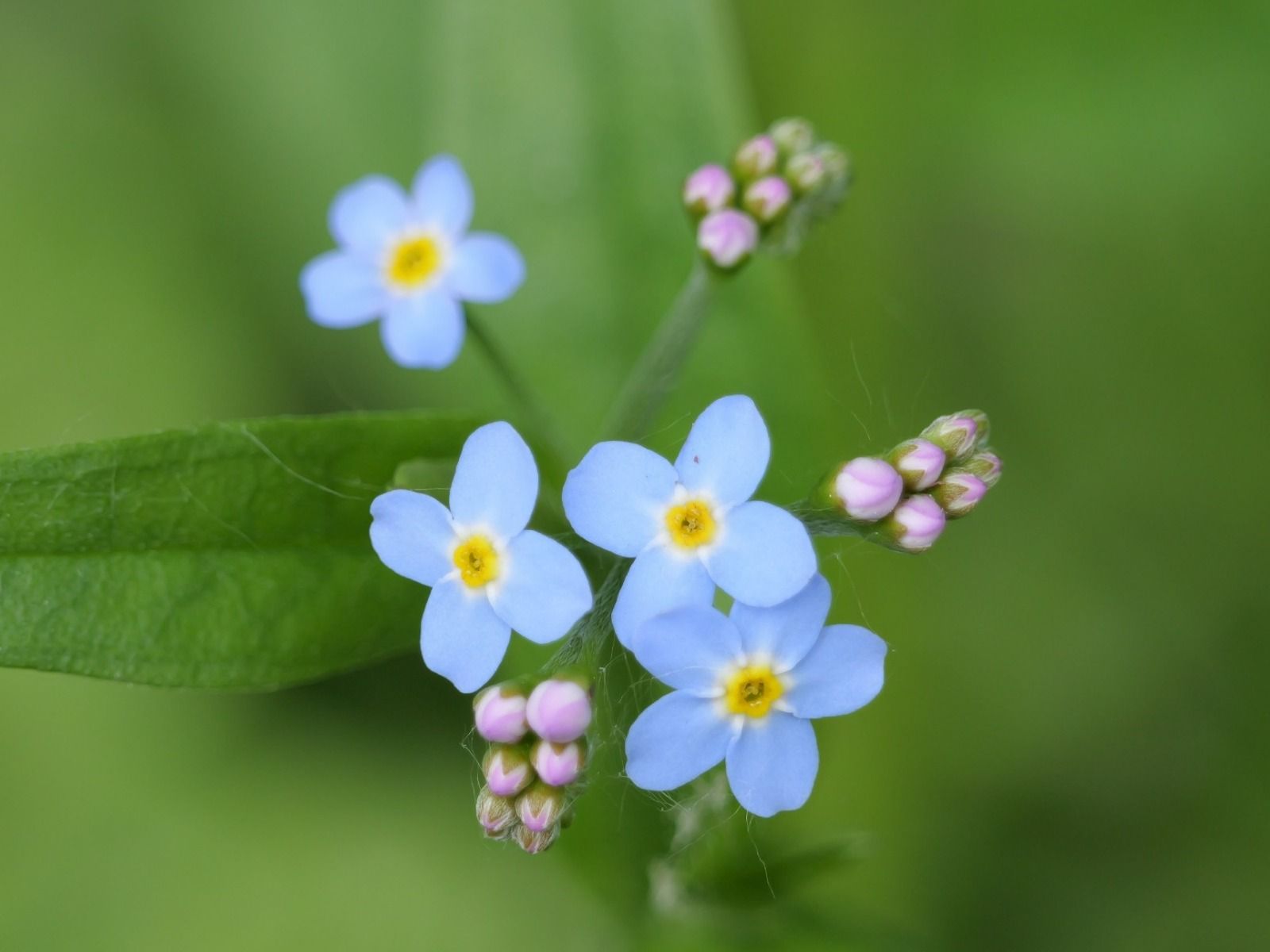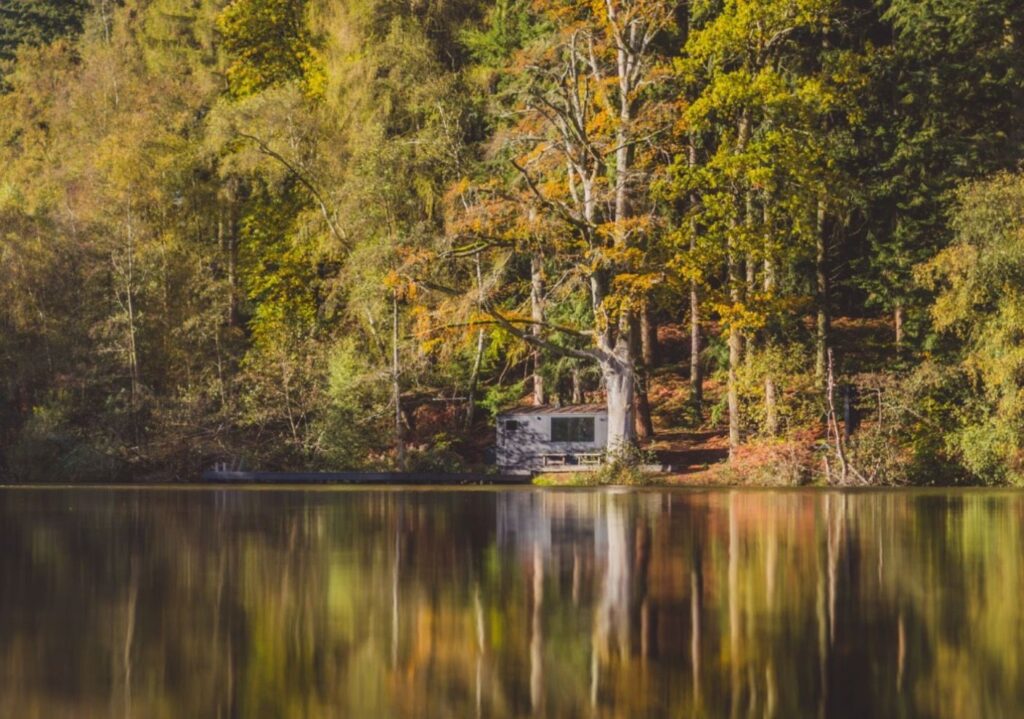
After the floods of last Winter, the Wasing lakes have finally returned to their normal levels, leaving behind a wide band of muddy ground that would normally be occupied by a mixture of grasses, sedges and broad-leaved marsh plants. Aquatic plants are normally able to survive a wide range of moisture levels from damp or moist right through to completely submerged or periodically dry. However, due to the extraordinarily long period of flooding, some grasses and other species on the lake banks have died off, unable to survive the long months of submersion. Those that have survived, now have the opportunity to increase their numbers and cover the banks. Two of the quickest to react have been the beautiful Water forget-me-not and Water mint, which have exploded in numbers into the muddy areas. These beautiful plants are quick to grow and can survive completely submerged or in damp soil.

As the summer progresses and plants and trees around the lakes come into flower, so a huge range of insects such as bumble bees, solitary bees, honey bees, butterflies and moths hatch, metamorphose and grow to take advantage of the flowers. The lakes host a wide range of hoverflies that can be regularly spotted in sunny areas. Pictured above, this amazing hoverfly was spotted warming up on Cranwells lake. Going by the latin name of Superb Dayglower, Xanthogramma pedissequum, this is just one of 280 species of hoverfly in the UK. The larvae of hoverflies are important predators of pests such as greenfly and aphids.
Less attractive than Water forget-me-not and Water mint, and slightly dark in character, Woody nightshade or Bittersweet, Solanum dulcamara is a common climbing plant. Although not as poisonous as some other members of the Solanaceae family, Woody nightshade is nonetheless poisonous and should be left well alone. The fruits are insanely bitter to taste and so instances of poisoning are extremely rare. The berries are usually green in early-mid summer, turning bright red later on.









